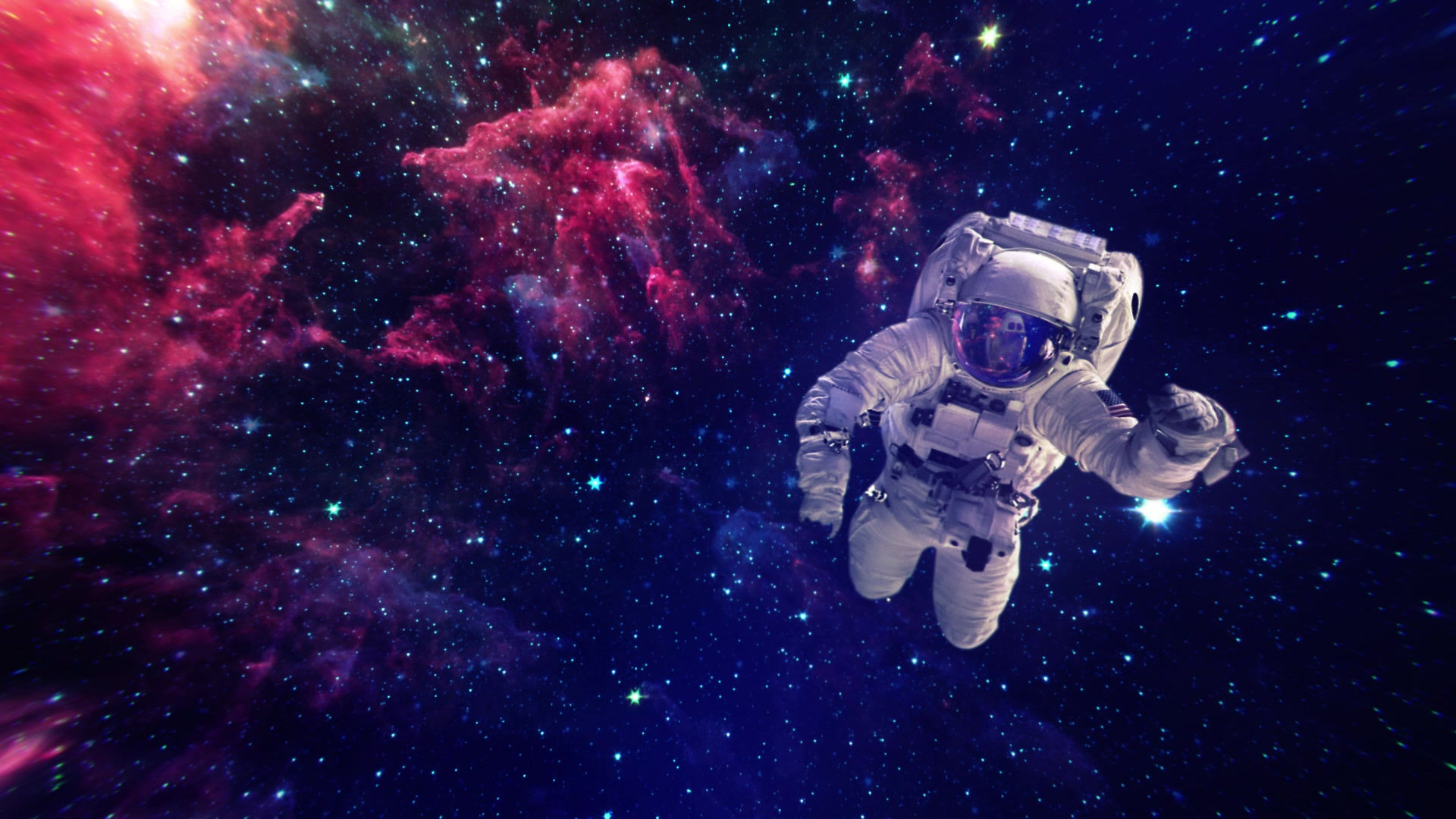
The Background
Initially, the requirements discussed led to the conclusion of utilizing a semi-closed system that would interact with other onboard systems to maintain a symbiotic relationship. This would allow better waste recycling among systems, decreased launch mass, and provide fresh food for astronauts during long duration missions. There are a range of symbiotic growth systems used on Earth, which generally consist of a growing medium and recycling medium. All non-soil systems provide faster germination time that classic soil systems. Given the requirements, this type of system surpassed other methods including the current method of bringing all food for the duration of the mission.
Soil was deemed not practical due to the effects in space on a large scale production model. Previously, the “Veggie” system grew red romaine lettuce on the International Space Station. This was done in “space soil” using bags of soil with slits where the plant would stem out. A seed was placed on an adhesive surface to keep it in place, and lights above helped coerce the lettuce to grow up and out of the soil bag.
One system that was looked at was vermiponics. Similar to other "ponic" systems in the sense that a symbiotic relationship is developed, this system uses less water and requires less maintenance. The system uses worms to filter the water, do not require special feed, and can survive in a wide range of temperatures. This system provides less predictability but can be better over long periods of time. However, the system relies on gravity for the water to naturally filter through the worm and dirt mix, making it useless for application in space.
The first type of system considered was an aquaponic system. This consists of a closed system of plants and fish, in which the fish waste provides nutrients for the plant growth. This provide faster plant growth due to the fish waste being used as fertilizer and the plants acting as a filter for the fish. It would allow for closer spacing of plants because of the reduction in diseases spread. However, the uncertainty of maintaining live fish in space as well as complications fish could produce created a problem. Water would have to be monitored closely to ensure fish are in proper conditions at all times. In addition, the large volume of water required to raise adult fish would be massive. While not ruled out, this solution was not a viable option.
The next system was a hydroponic system. In this system, plants essentially grow in nutrient rich water. The difference between this system and the aquaponic system is that this system does not utilize live fish to deliver nutrients to the plants, but rather artificial means of nutrients. Due to system limitations, the water must be discharged every one to three months because nutrients become imbalanced. Because there are no fish involved in this system, it has a reduction in water use. Conversely, the effects of the water in zero gravity along with the large mass of water required to use this system removed it from our final choice.
A similar concept to hydroponics but with reduced weight, aeroponics was a more preferable choice due to mass limitations. As opposed to submerging parts of plant in water, this system surrounds plants in and air and mist mix, with no growing medium. This provides for faster plant growth, and can reduce water usage by 98%, fertilizer usage by 60%, and pesticide usage by 100% (1). Plants in aeroponic systems can absorb more minerals and vitamins which create healthier and more nutritious yields. They will also have better carbon dioxide absorption and oxygen release. This system would reduces the chances of diseases or infection in the produce and acts as a potential source of fresh oxygen. Due to the reduced chances of infection, the plants could be grown closer together. However, this system has a high dependence on all components always functioning properly and would need regular cleaning and maintenance. Additionally, the root chamber would be more prone to bacterial growth due to the warm, moist conditions. Finally, regular inspection of root growth would be required to ensure roots are not blocking sprayers.
The final type of growing system is fogponics. This system is very similar to aeroponics in all aspects, but produces smaller liquid particles — high pressure aeroponics — to produce the same results as aeroponics. Hydroponics used less water to achieve the same amount of biomass and nutrients in addition to requiring less space.
In addition a list of human nutritional requirements was compiled from a variety of sources:
(1) http://makezine.com/2014/05/02/space-age-gardening-aquaponics-hydroponics-and-aeroponics/